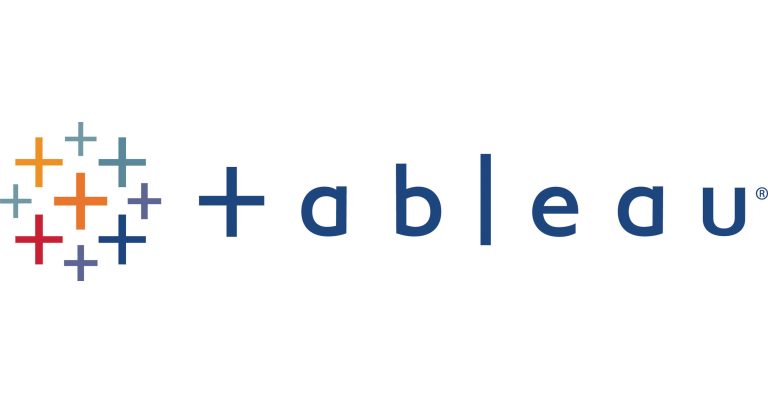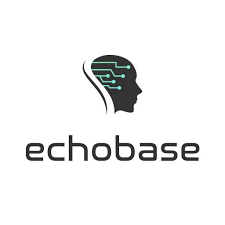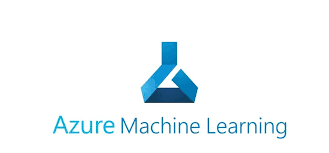PyTorch Key Features
- Dynamic Computation Graphs: Unlike static graphs used by other frameworks like TensorFlow, PyTorch supports dynamic graphs, allowing users to modify the structure of their model on the go. This is particularly useful for tasks that involve variable-length inputs like natural language processing (NLP) or video processing.
- GPU Acceleration: PyTorch offers seamless integration with CUDA, allowing deep learning models to leverage the processing power of GPUs for faster training.
- Extensive Library of Modules: PyTorch includes a wide array of pre-built modules for neural networks, loss functions, optimizers, and more. This makes it easier for developers and researchers to build and experiment with new model architectures.
- TorchScript: TorchScript is a powerful tool that enables PyTorch models to be serialized and optimized for deployment in production environments. This ensures that models developed during research can be easily deployed without needing to rewrite them in another framework.
- Integration with Python Ecosystem: PyTorch integrates deeply with Python, making it easier to work with other Python-based data science tools like NumPy, SciPy, and Scikit-learn. It also works well with visualization tools such as Matplotlib and Seaborn.
Our Opinion On PyTorch
PyTorch is the go-to framework for researchers and developers working in deep learning, especially those focused on natural language processing, computer vision, and reinforcement learning. Its flexibility, GPU support, and integration with the Python ecosystem make it ideal for both experimentation and deployment in production. While it may have a steeper learning curve for beginners, PyTorch’s powerful features and community support make it an invaluable tool for anyone working in AI and machine learning.











